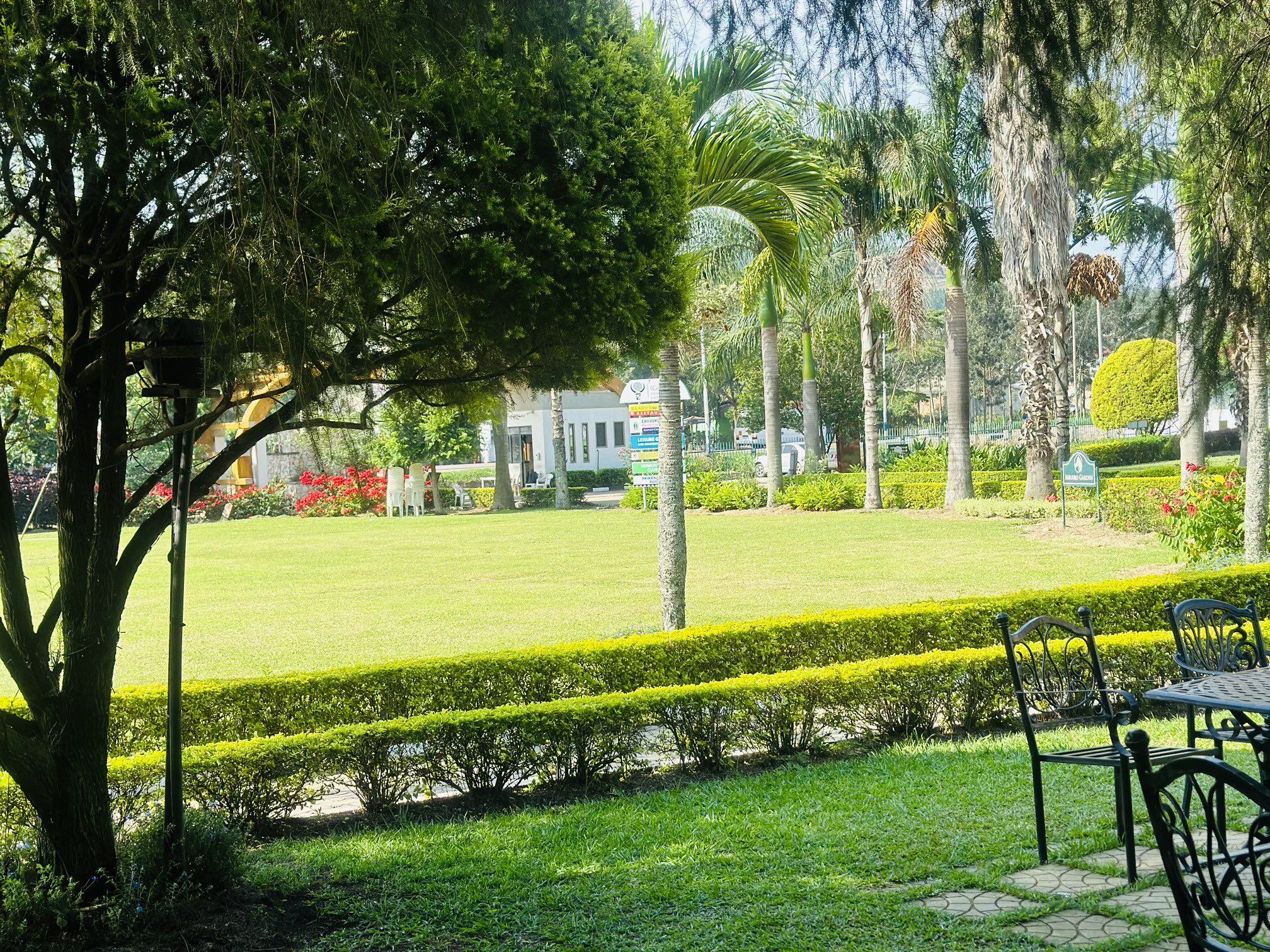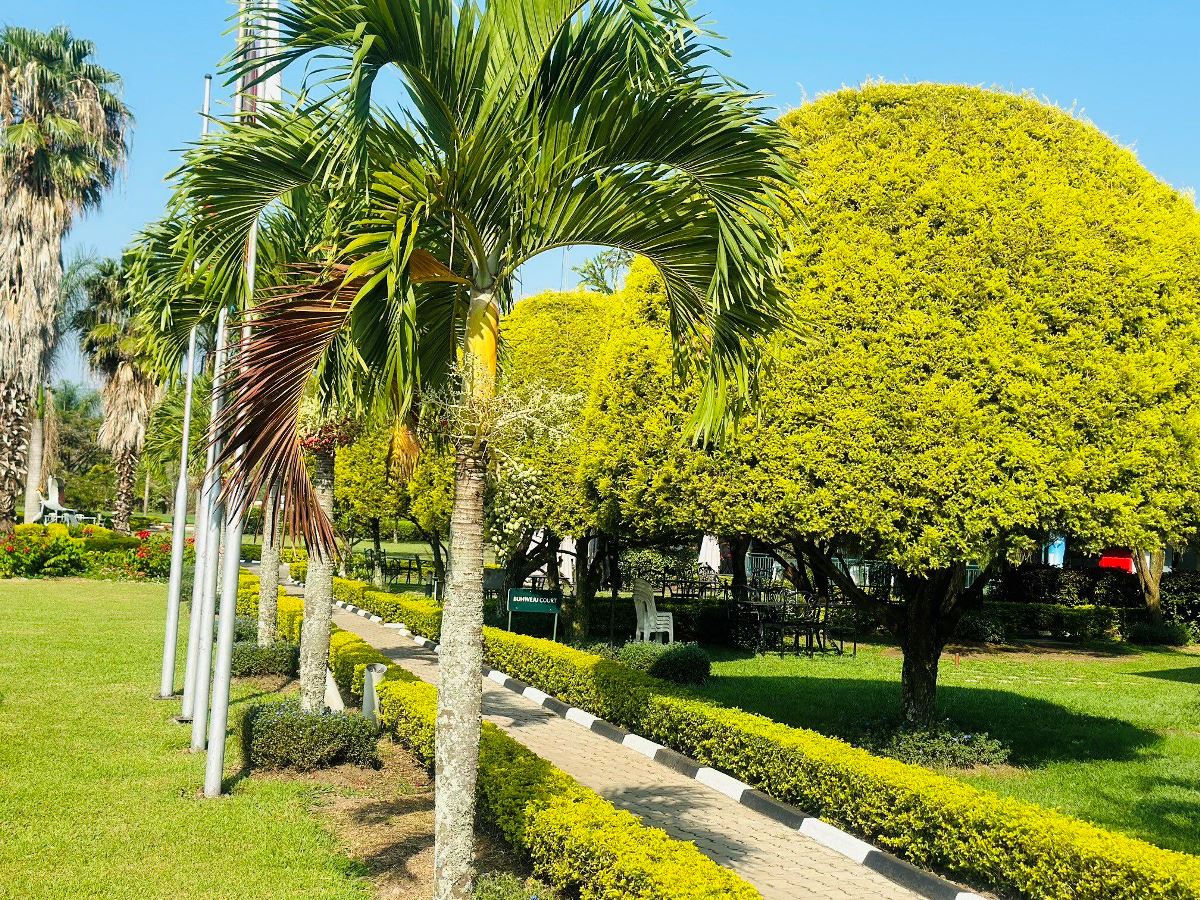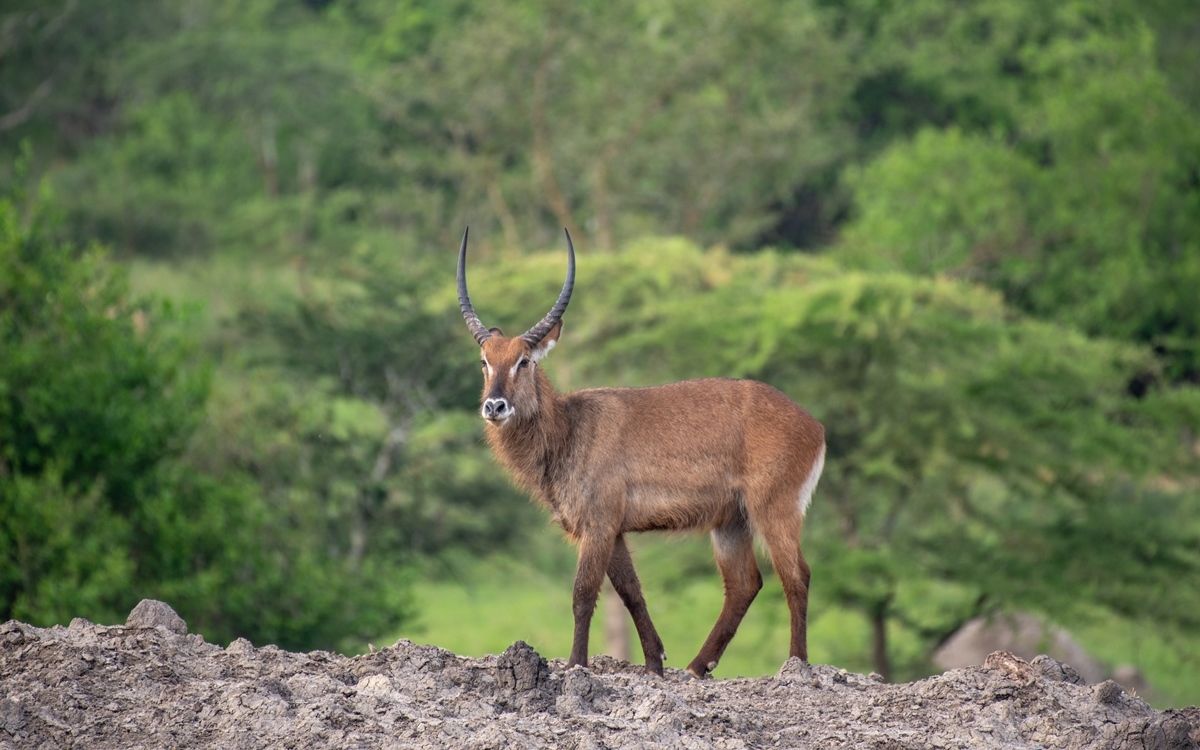Mbarara Travel, Uganda – South-Western Region
Mbarara City is one of the new Cities in Uganda recently elevated to City Status from a Municipality status it has held for a good number of years.
Thought to be one of the biggest Cities second to Kampala (Uganda major capital and business city) in matters of commercial positioning and the administrative need it has served for this region (Western - Uganda).
Mbarara enjoys a beautiful scenery of farm lands and beautiful rolling hills, with humid temperature, vast farms of dairy cattle, friendly and hospitable people.
Mbarara "The Land of Milk And Honey", a brand it is greatly been known and identified with. City enjoys Strategic positioning connecting it to over half of the tourism destinations of Uganda.
There are plenty of social amenities, Internet Connect, Banking Halls, Worship and Entertainment Centers, all for you to mingle and tingle with the Corporate and social class of Mbarara. So to say, A Calm and Peaceful City with an imaginable Hospitality.
Location of Mbarara City, Uganda
Mbarara City is strategically located in southwestern Uganda, serving as a major commercial, cultural, and transit hub in the region. The city lies approximately 270 kilometers (168 miles) southwest of Kampala, Uganda’s capital, along the highway leading to Kabale and the Rwandan border.
Mbarara is positioned at latitude -0.6132 and longitude 30.6582, placing this destination within Uganda’s Western Region. Mbarara City sits at an elevation of about 1,147 meters (3,763 feet) above sea level, contributing to the city’s moderate climate and scenic landscapes.
Mbarara is a key transport hub, connecting various districts in southwestern Uganda. This city lies west of Masaka on the road to Kabale and is near Lake Mburo National Park, making it a convenient stop for travelers heading to national parks and neighboring countries.
Mbarara City is divided into six boroughs namely: Kakoba, Kamukuzi, Nyamitanga, Biharwe, Kakiika, and Nyakayojo. These divisions help in urban planning and governance, ensuring efficient service delivery.
Population of Mbarara City, Uganda
As of April 2025, the estimated population of Mbarara City is 91,867 people.
Languages Spoken in Mbarara City, Uganda
Mbarara City, located in southwestern Uganda, is a linguistically diverse urban center where multiple languages are spoken due to its rich cultural heritage and economic significance.
The dominant language spoken in Mbarara is Runyankore, a Bantu language widely used by the Banyankore people, the indigenous ethnic group of the region. Runyankore is closely related to Rukiga, Runyoro, and Rutooro, forming part of the broader Runyakitara language cluster. It is commonly spoken in homes, markets, and local businesses.
As Uganda’s official language, English is widely spoken in Mbarara, especially in government offices, schools, and business settings. It serves as the primary medium of instruction in educational institutions and is used in formal communication.
Swahili, though not as dominant as Runyankore or English, is spoken by some residents, particularly those engaged in trade and security forces in Mbarara City. Uganda has considered adopting Swahili as a second official language due to its neutrality and regional importance.
Mbarara’s diverse population includes speakers of various Ugandan languages, such as:
Luganda: Spoken by traders and migrants from central Uganda.
Rukiga: Used by communities near the border with Kabale.
Lusoga & Luo languages: Spoken by people from eastern and northern Uganda who have settled in Mbarara.
Due to its status as a commercial hub, Mbarara attracts people from different regions, making it a multilingual city where multiple languages coexist. While Runyankore remains dominant, English and Swahili facilitate communication among diverse groups.
History of Mbarara City, Uganda
Mbarara City, often referred to as the Land of milk and honey has a rich and fascinating history, deeply rooted in the cultural and political evolution of southwestern Uganda.
The name Mbarara originates from the local word "Emburara," which refers to a tall green grass favored by Ankole cattle. The British colonialists mispronounced the word, leading to the city's current name. Historically, the area was part of the Kaaro-Karungi Kingdom, which was within the larger Bachwezi/Kitara Empire.
Mbarara’s early history is linked to the legendary Bachwezi Dynasty, rulers of the Kitara Empire, which covered parts of present-day Uganda, Rwanda, Burundi, Kenya, Tanzania, and the Democratic Republic of Congo. The Bachwezi kings namely; Ndahura, Mulindwa, and Wamara introduced long-horned Ankole cattle, coffee cultivation, and iron smelting to the region. However, their reign ended mysteriously, leading to the emergence of the Babiito Dynasty, which later ruled the Bunyoro-Kitara Kingdom.
Mbarara became the center of the Ankole Kingdom, ruled by the Bahinda Abagabe (Kings), descendants of the Bachwezi. The kingdom thrived on cattle keeping, trade, and cultural heritage. The Ankole people, known for their distinctive long-horned cattle, developed a strong pastoral economy.
The British established an administrative station in Mbarara in 1898, governing the region through local chiefs rather than direct rule. The colonial period saw the expansion of infrastructure, including roads and government offices, making Mbarara a key commercial hub.
After Uganda gained independence in 1962, Mbarara continued to grow as a major economic and educational center. The establishment of Mbarara University of Science and Technology (MUST) in 1989 further boosted the city’s status as a regional hub for learning and innovation.
In May 2019, Uganda’s cabinet granted Mbarara city status, which officially took effect on July 1, 2020. Today, Mbarara is one of Uganda’s fastest-growing cities, with modern infrastructure, thriving businesses, and a vibrant cultural scene.




